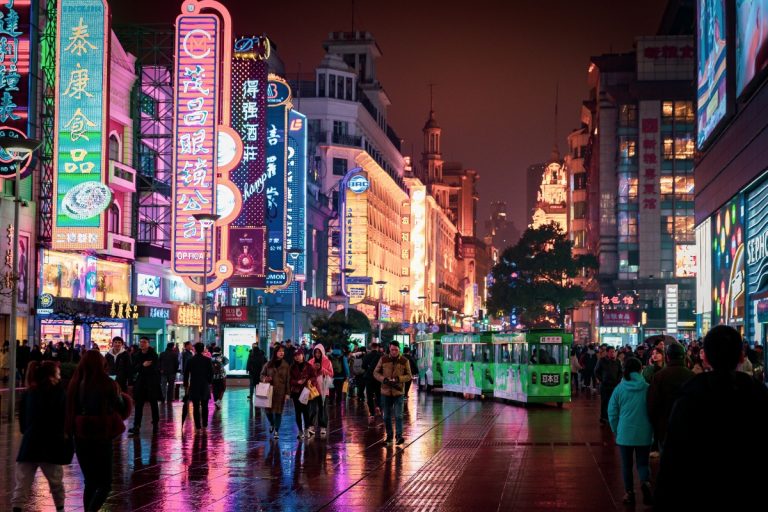Foreign nationals from France, Germany, Italy, the Netherlands, Spain and Malaysia are no longer required to obtain a visa to visit China. The exemption marks a significant move by China to increase tourism. This visa-free entry program will be valid from December 1, 2023 to November 30, 2024. During this period, people from these countries can enter China without a visa for up to 15 days for tourism, business, family visits, and transit purposes. .
The list also includes Swiss and Irish nationals, who will be able to enter China without a visa. But what is behind this strategic move and what impact will it have on travelers and the global tourism industry?
“Visa-free” decision
China's intention to expand visa-free entry is not just to attract tourists. This reflects the larger goal of strengthening diplomatic ties and improving international relations. Foreign Ministry spokesperson Mao Ning succinctly captured the essence of “promoting the high-quality development of people-to-people exchanges and high-level opening to the outside world.'' By easing travel restrictions, China aims to strengthen ties, foster cultural exchanges and build a more interconnected world.
Furthermore, the COVID-19 pandemic has had a severe impact on the global tourism industry. For three years, borders were tightly closed, planes grounded and iconic landmarks remained eerily quiet. Like many other countries, China faced the challenge of reviving its tourism sector. The visa-free policy is a strategic response to this predicament. This shows China's determination to bounce back and welcome travelers with open arms.
It is also worth mentioning that tourism is not just tourism. It's a huge economic driver. When travelers step off a plane, they don't just take their suitcases with them, they also carry curiosities, currency, connections, and more. By welcoming visitors from Europe, China opens the door to business cooperation, trade partnerships, and investment opportunities. A stroll outside the Forbidden City will take you to the bustling markets of Beijing, the innovation hub of Shenzhen, and the lanes of the ancient Silk Road.


